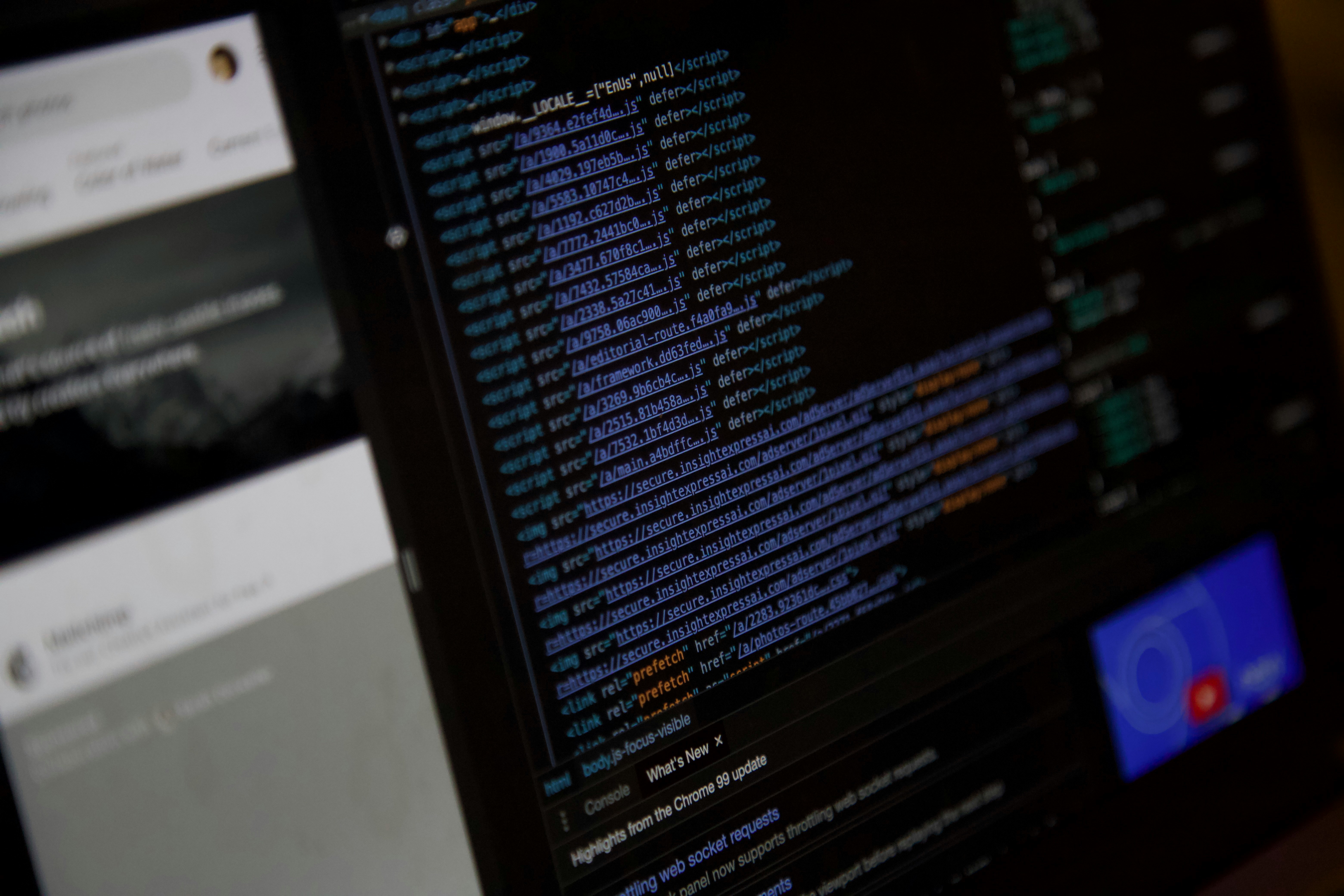
Robotics Programming Languages for Job Seekers: Which Should You Learn First to Launch Your Robotics Career?
From autonomous vehicles and warehouse automation to surgical robots and companion drones, the field of robotics is advancing at an unprecedented pace. This rapid innovation has created a surging demand for talented robotics engineers, software developers, and researchers capable of writing robust, efficient code to power these systems. If you’re exploring opportunities on www.roboticsjobs.co.uk, one question stands out: Which programming language should you learn first for a successful robotics career? The answer isn’t one-size-fits-all. Robotics encompasses a broad range of tasks—real-time embedded development, high-level AI, motion planning, perception—and each domain has its own language preferences and ecosystem. Whether you’re interested in designing hardware-level control loops, building autonomous navigation software, or developing vision-based AI, selecting the right language (or combination of languages) is key to your success. In this article, we’ll: Highlight the top programming languages used in modern robotics. Break down pros, cons, and industry applications for each language. Offer a hands-on beginner’s project to cement your learning. Provide critical resources and tips to help you stand out on www.roboticsjobs.co.uk and beyond.

